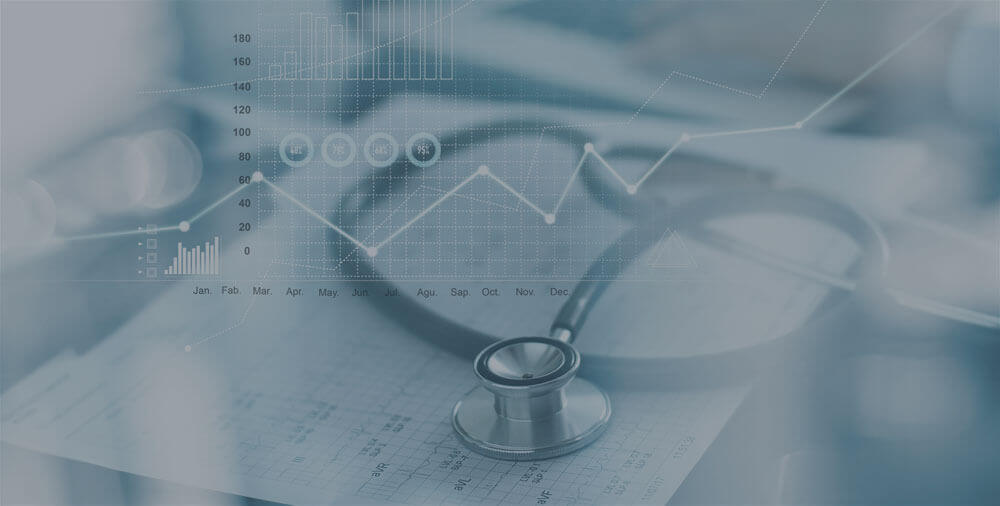Personal medical documents are valuable assets. Unfortunately, that means criminals are after those documents, too.
Medical documents may contain personal information that includes your name, location, contact information, insurance policies, Social Security number and history of medical treatment.
Criminals can use this information to open fraudulent accounts or even receive medical treatment using your identity. Your identity can be used to visit the doctor, receive prescriptions, buy medical supplies, submit fraudulent claims to your insurance company and more.
Data breaches and hacks at medical providers and insurance companies are one threat to your medical identity. But, there’s another threat that’s a lot closer to home: your personal medical documents that you likely keep close by.
Take steps to protect your personal documents at home to help avoid medical identity theft.
What Medical Documents Should You Protect?
Keeping your medical documents unsecured at home or on your person isn’t safe. If you lose your wallet, your home is broken into, a thief goes through your trash or an untrustworthy guest goes hunting for treasure, you can still become a victim.
Common medical documents you may keep at home or on hand include:
- Health insurance enrollment forms
- Health insurance cards that contain your name, policy number and more
- Prescriptions written by your doctor
- Prescription bottles that contain your name and other information
- Bills from medical providers
- Explanation of Benefits (EOB) statements from your health insurance company
All these documents contain a varying degree of personally identifiable information (PII), ranging from your name and address to actual medical services you received along with where and when you received them. That’s why it’s important to keep these documents safe.
How to Protect Your Medical Documents
Documents should be kept in a safe place in the home, like a hidden lockbox for paper records and a locked medicine cabinet for prescriptions. Keep documents that are necessary, but don’t hold onto anything that has outlived its usefulness. When it’s time to dispose of paper documents, shred them before you throw them out. If it’s something you can’t shred like a prescription bottle, use a marker to black out personal information.
While you should keep your health insurance card on your person – it can make verifying your coverage easier if you ever need to visit a medical provider unexpectedly – you should regularly check that you still have it. If it is lost or stolen, you need to contact your insurance provider so they can issue another card and prevent anyone else from using the old one.
Check your mail regularly to avoid letting sensitive documents sit in your mailbox. Get a locked mailbox if you want extra security. When you can, limit the amount of information you receive by mail and on paper; you can opt to receive your medical bills or EOB online. This won’t 100% protect you from medical identity theft, but it can limit the number of physical documents thieves can get their hands on.
How to Identify Signs of Medical Identity Theft
If someone is using your identity to commit medical identity theft, there may be some warning signs:
- You receive bills from medical providers for services you didn’t receive
- There are errors on your medical bills or EOB
- You receive calls from debt collectors about medical debts you don’t recognize
- Medical debts you don’t recognize appear on your credit report
- Your health insurance tells you that you’ve reached your benefit limit
- You are denied life insurance or other coverage because your medical records show a medical condition you don’t have.
Some of these events can occur as the result of a simple misunderstanding or billing error, but either way they require further investigation. Whether it was a mistake or fraud that is causing erroneous bills or insurance issues, you want to clear up the matter before it gets worse.

